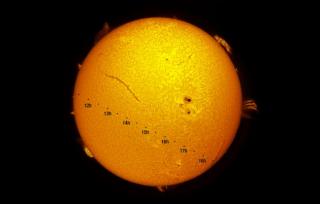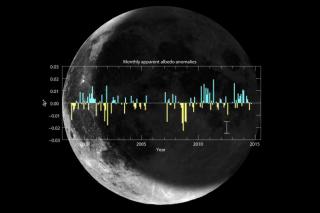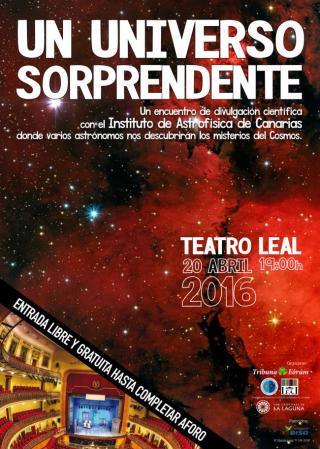
Monday 9th of May, the YouTube channel of the Instituto de Astrofísica de Canarias (IAC) will be broadcasting live the observations being carried out by the professional observers from the solar towers at the Teide and Roque de los Muchachos Observatories
Advertised on




